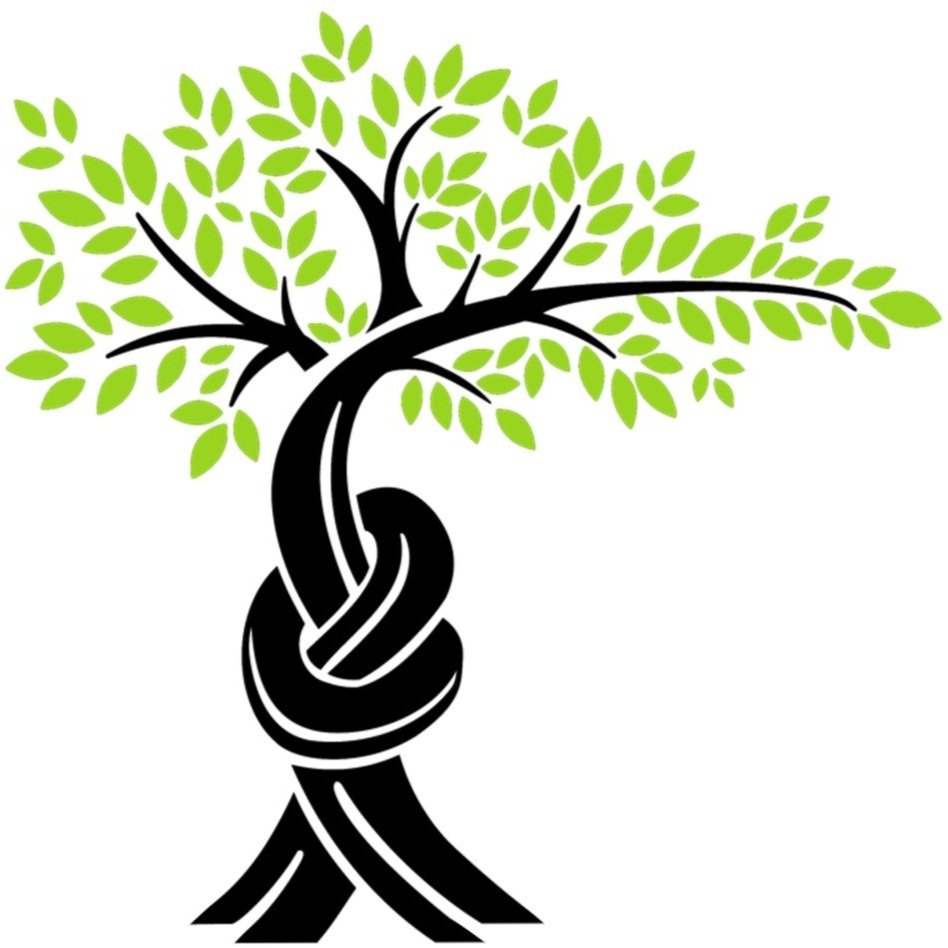Tree Pruning: A Vital Part of Tree Care
Tree pruning is an important aspect of tree care that helps to maintain the health, safety, and beauty of trees. Regular pruning will help trees grow strong, resist diseases and pests, and reduce the risk of safety hazards. Whether you are a homeowner, a landscaper, or a property manager, it is important to understand the benefits of tree pruning and how to properly care for your trees.
The Benefits of Tree Pruning
Tree pruning offers numerous benefits, including promoting healthy growth, preventing safety hazards, and improving the overall appearance of trees. By removing dead, diseased, or damaged branches, trees are able to focus their energy on healthy growth. This helps to improve the tree's structure, making it more resistant to wind damage and other environmental stressors.
Proper tree pruning will help to reduce the risk of safety hazards, such as dead or broken branches that can fall and cause damage or injury. Regular tree trimming does help to keep trees healthy and prevent the spread of diseases, as well as minimize the risk of infestations from pests.
In addition to these practical benefits, tree pruning helps to improve the overall appearance of trees. By removing branches that are overcrowding, crossing, or rubbing against each other, trees can develop a more attractive form and shape. Pruning the tree's canopy, allowing more light to reach the inner branches will improve the overall appearance of the tree.
When to Prune Trees
The best time to prune trees depends on the species and the reason for pruning. Some trees, such as maple and oak, should be pruned in the late winter or early spring before they begin to grow new leaves. This allows for easy visual identification of dead, diseased, or damaged branches, as well as the opportunity to make pruning cuts that will heal quickly as the tree begins to grow again.
Other trees, such as fruit trees, should be pruned in the late winter or early spring before they have produced blossoms. This allows for proper thinning and shaping of the tree, which can help to improve fruit production and overall tree health.
Proper Pruning Techniques
Proper pruning techniques are essential for promoting healthy tree growth and reducing the risk of tree damage. When pruning trees, it is important to use clean and correct tools and equipment, such as sharp pruning shears or a pruning saw, and to use the appropriate pruning cuts.
One of the most important aspects of proper pruning is making the right cut. There are several different types of pruning cuts, including elevation cuts, thinning cuts, and reduction cuts, each of which serves a specific purpose. For example, elevation pruning cuts are used to control the upward growth of a tree, while thinning cuts are used to reduce the overall size and weight of a tree.
Another important aspect of proper pruning is ensuring that the cuts are made in the right place. It is important to avoid leaving stubs, as these can become entry points for pests and diseases, and can also slow the healing process. But, leaving the collar wood of the branch is essential to the trees recovery. When making cuts, it is also important to avoid damaging the tree's bark or damaging the surrounding landscape.
Conclusion
Tree pruning is a vital part of tree care that offers numerous benefits, including promoting healthy growth, preventing safety hazards, and improving the appearance of trees. With proper care and attention, trees can thrive and be enjoyed for many decades to come.
